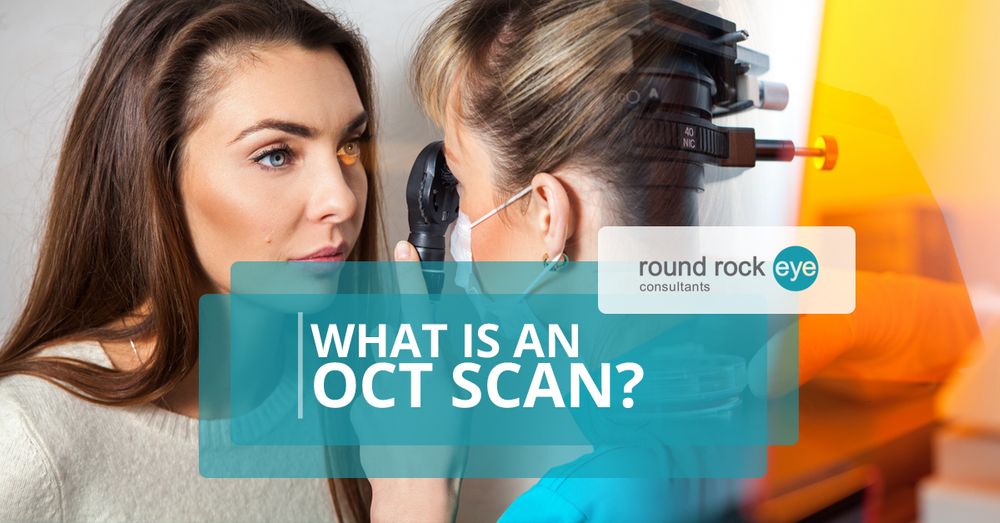An OCT scan, or an Optical Coherence Tomography is a procedure that uses light waves to take pictures of your retina from the side. OCTs allow an ophthalmologist to map each layer of your retina and diagnose issues if they’re present. In addition, an OCT scan can provide guidance for treating glaucoma and other retinal diseases.
How the procedure works
When you go in for an OCT scan, your ophthalmologist may dilate your eyes by using eye drops in your eyes that are designed to widen your pupil and make it possible to get a good view of your retina. Before you begin the procedure, you will sit in front of the OCT machine and it will begin to scan your eye. Don’t worry, this is a painless procedure! The machine will not touch your eye, and your head will be stabilized with a head rest. Scanning will take around 5-10 minutes to complete and due to the dilation, you may be sensitive to light after the procedure.
What it means for you
OCT scans are good for diagnosing conditions such as age-related macular degeneration, glaucoma, diabetic retinopathy, and vitreous traction. It can also help your ophthalmologist track changes to optic nerve fibers. Since OCT relies on light waves, it can’t be used with conditions that impede on light passing through the eye.
Glaucoma
Although OCT is not the definitive determinant of a glaucoma diagnosis, OCT, used in combination with other tests and information can help determine what patients may have glaucoma, allowing the ophthalmologist to take action sooner. If the patient’s family has a history of glaucoma and other tests have yielded similar results as the OCT scan, the ophthalmologist can be more certain of a glaucoma diagnosis.
Retina measurements
OCT is also widely accepted as a procedure to effectively diagnose retinal conditions as it is for glaucoma. In diabetic macular edema, retinal venous occlusive disease and macular degeneration, OCT is helpful in measuring the thickness of the retina. Patients who have AMD will be able to detect subretinal fluid so that there is no confusion between that and an increase in retinal thickness. Unlike fluorescein angiography, OCT will give the ophthalmologist a more anatomical view of the eye, whereas fluorescein angiography will give him/her a functional view.
To schedule an eye exam with our award-winning eye specialist, SuperDoctor Dr. Joseph Meyer, please call Round Rock Eye Consultants here in Texas to get started.

